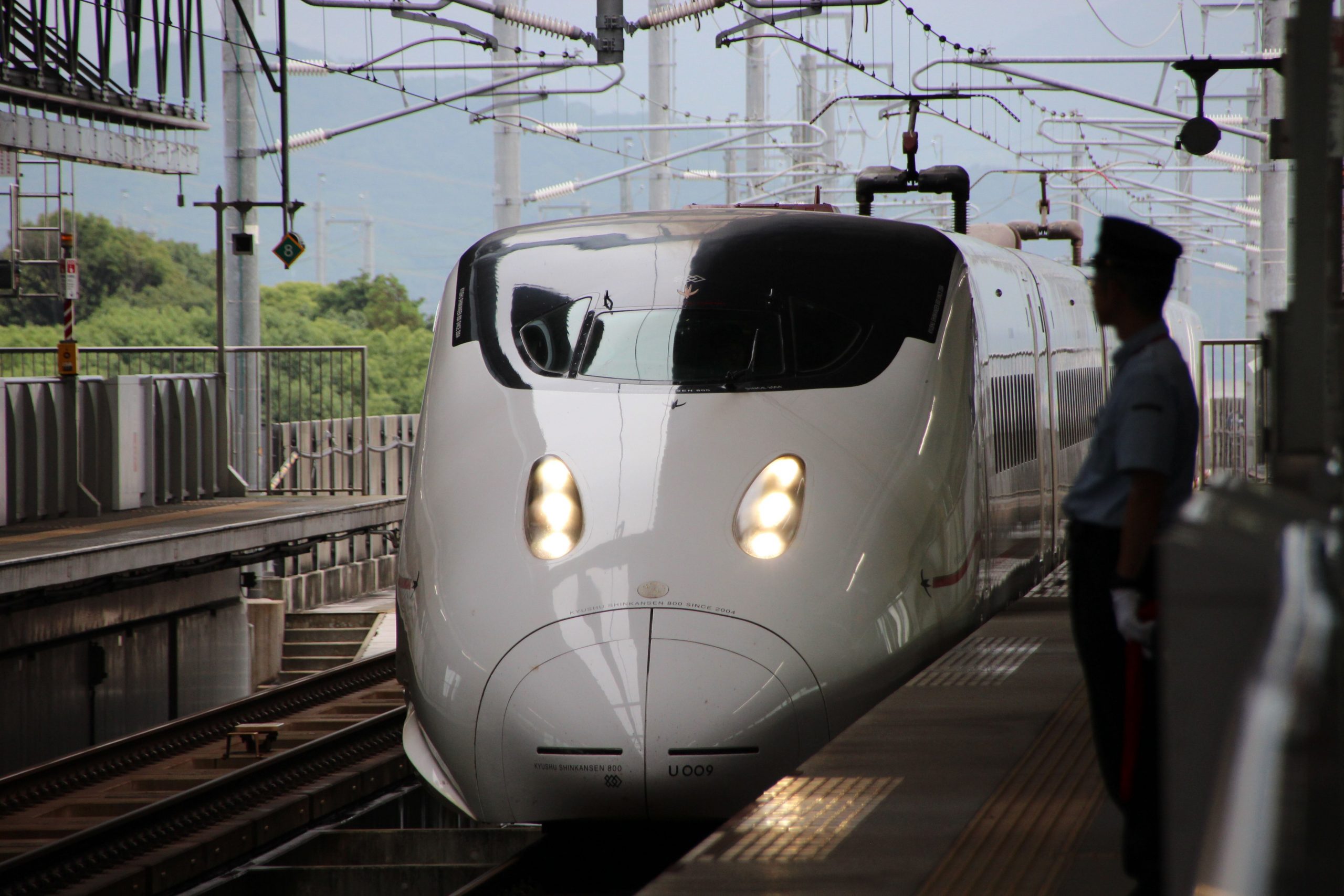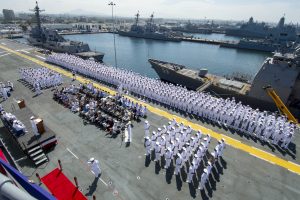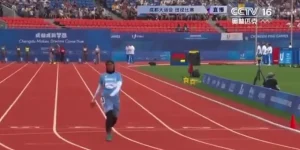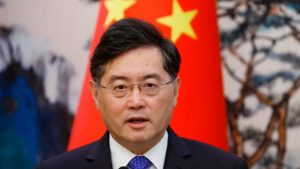China’s first high-speed train, connecting Tibet’s provincial capital Lhasa with strategically located Nyingchi, carried out its maiden military transporting mission on Wednesday. The train carried new recruits of a combined arms brigade affiliated with the People’s Liberation Army (PLA) Tibet Military Command to an exercise field at an elevation of 4,500 meters, state-run Global Times reported.
The high speed train was part of China’s efforts to improve border infrastructure. This includes well-developed road, rail and air networks for rapid movement of troops.
The 435-kilometer (250-mile) rail line connecting Lhasa with the city of Nyingchi, which is a Tibetan town situated close to Arunachal Pradesh border, entered into service on June 25.
The train has a designed speed of 160 km per hour and reduces the travel time between Lhasa and Nyingchi from 5 hours to approximately 3.5 hours, CNN reported.
It gives all the 31 provincial-level regions of mainland China access to high-speed train travel. 47 tunnels and 121 bridges feature in the line, which account for close to 75% of the whole route.
The route also incorporates the 525-meter-long Zangmu Railway Bridge, which is said to be the largest and highest arch bridge of its kind in the world.
On July 23, two days before the the train entered into service, Chinese President Xi Jinping made a rare visit to Nyingchi, becoming the first top Chinese leader to visit the town. He travelled to Lhasa by high-speed train.
He said that the high speed train was “a major step in safeguarding national unity and a significant move in promoting economic and social development of the western region.”
Zhu Weiqun, a senior Party official formerly in charge of Tibet policy, told local media in June that the railway will help “transport advanced equipment and technologies from the rest of China to Tibet and bring local products out”.
“If a scenario of a crisis happens at the border the railway can act as a ‘fast track’ for the delivery of strategic materials,” he said.







